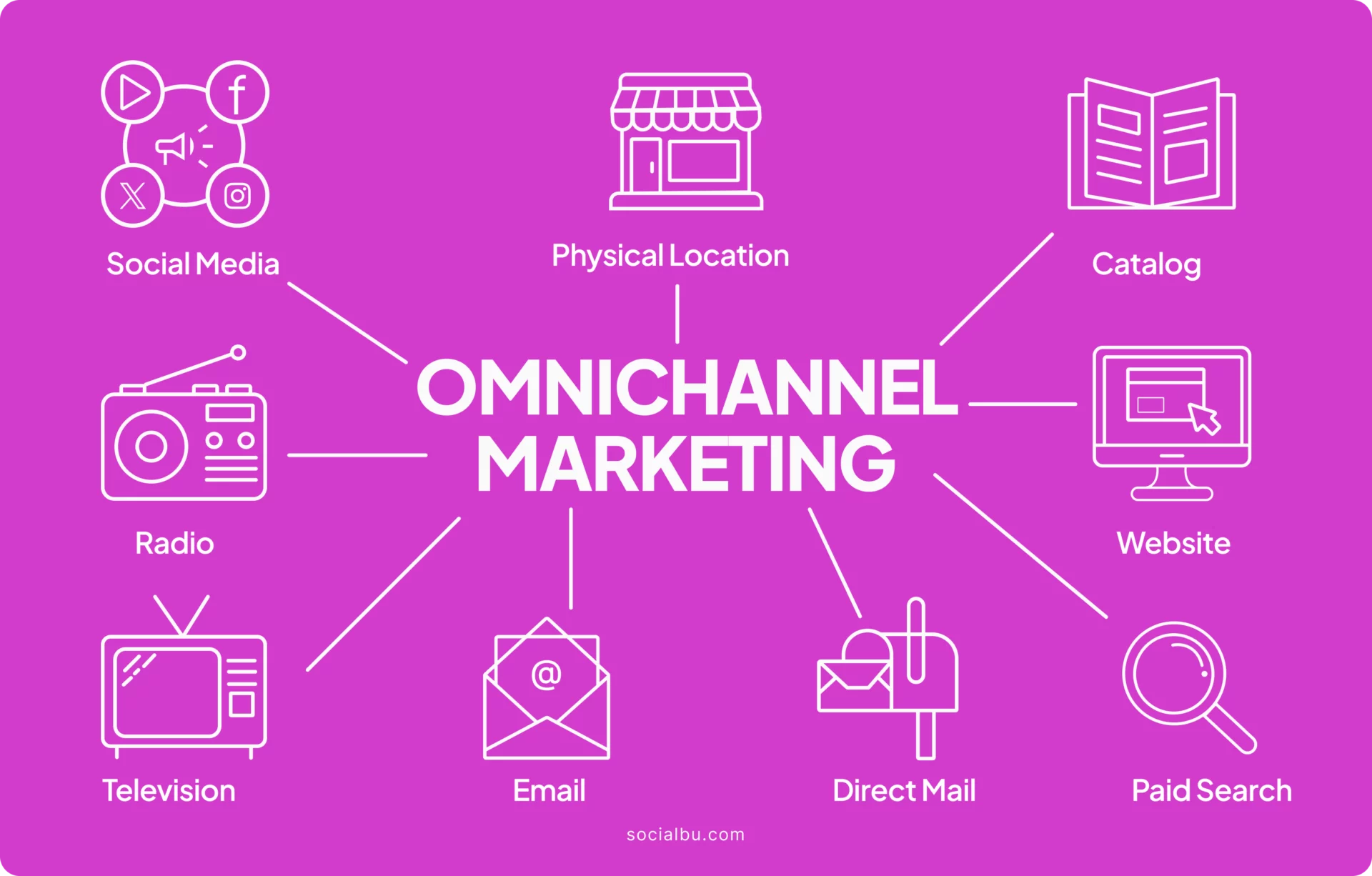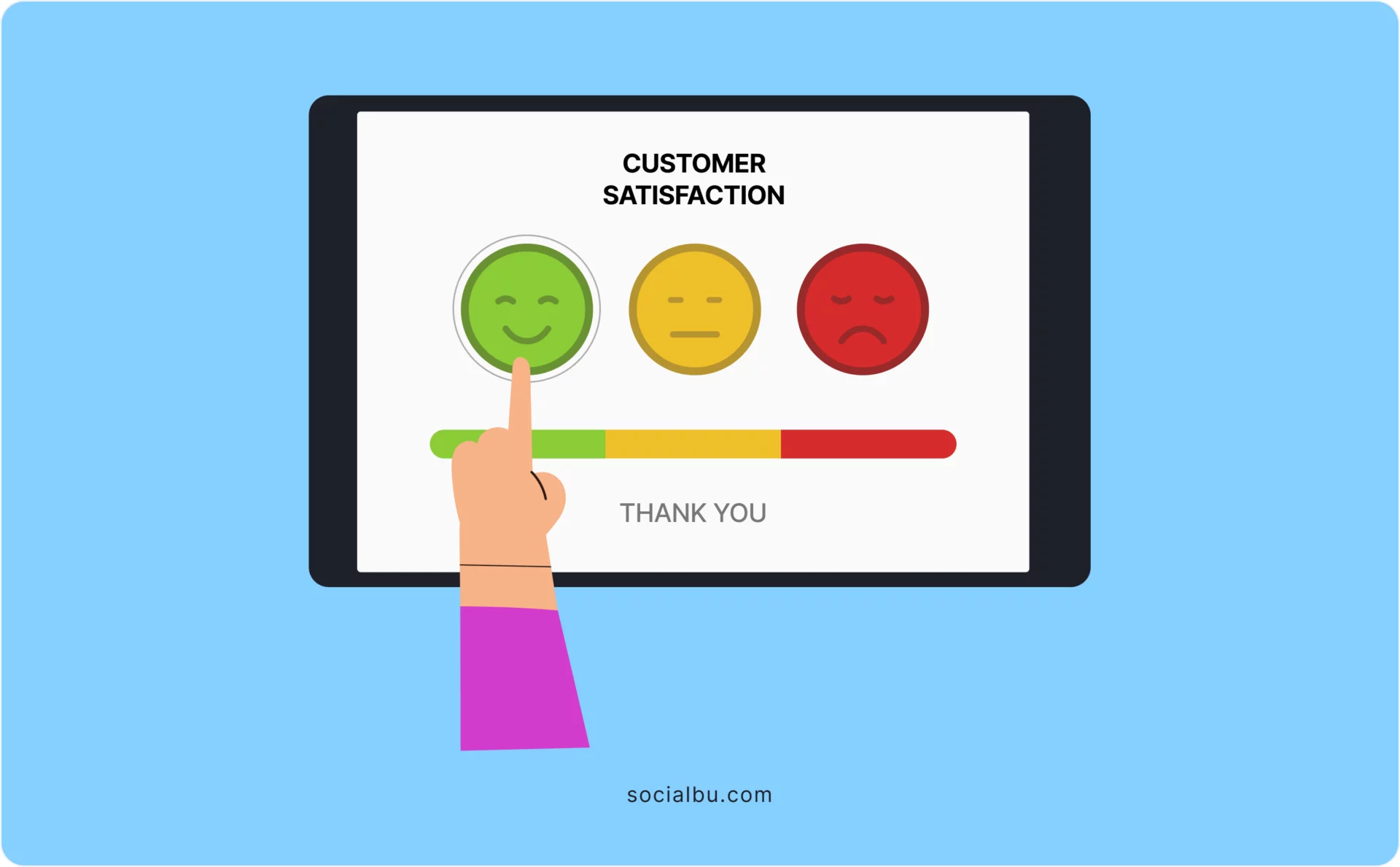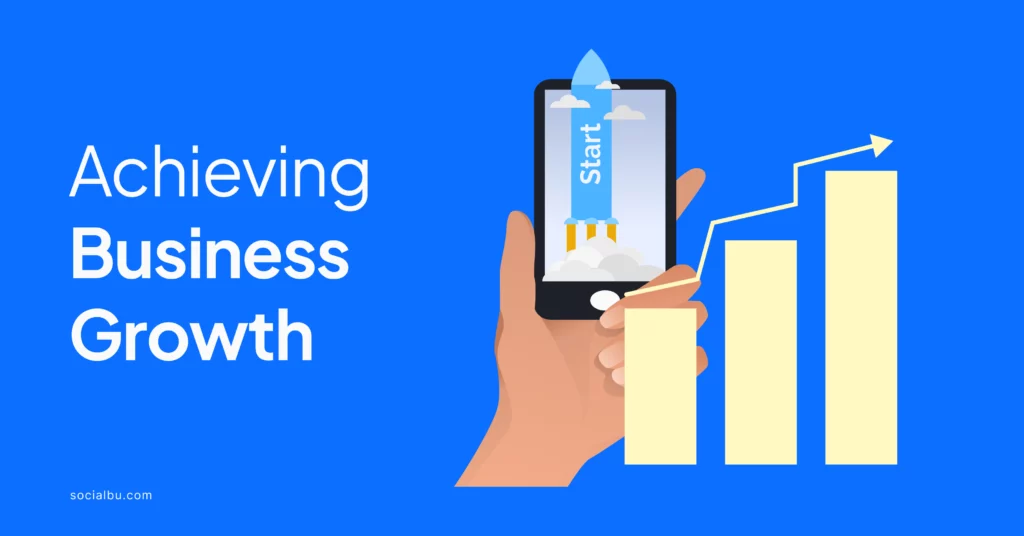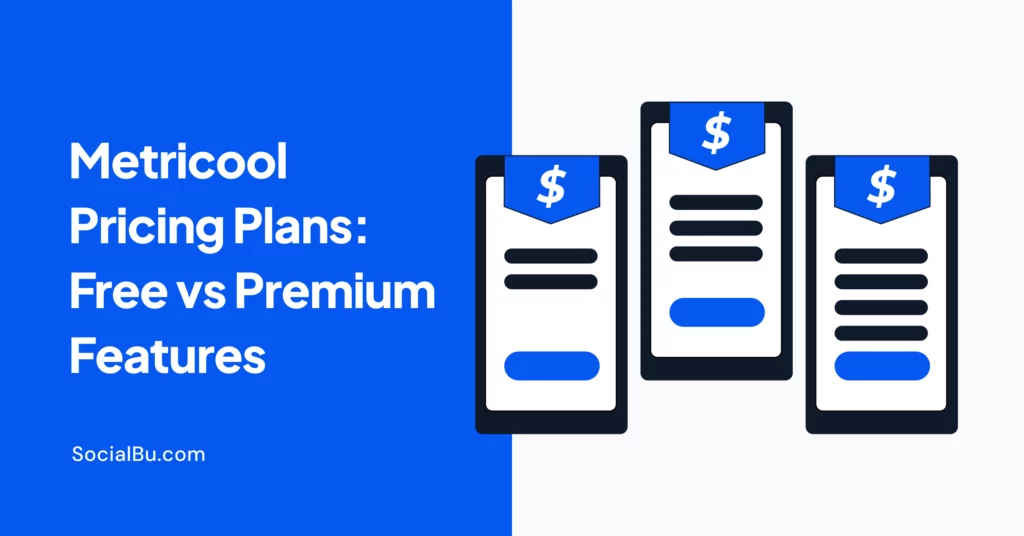Are you looking to grow your business in the competitive digital world? Your key to success may lie in embracing strategic digital marketing innovations. Whether a small business owner or managing a large enterprise, staying ahead of the competition requires more than just an essential online presence.
It’s about leveraging the latest tools and techniques to connect with your audience, drive engagement, and ultimately boost your bottom line.
This article explores how you can grow your business by adopting cutting-edge digital marketing strategies. Read on for tips to take your business to the next level!
1. Secure a Business Loan to Fuel Your Marketing Efforts

Before you pursue any digital marketing strategies, ensuring you have the necessary resources is crucial. Business loans can provide the capital needed to fuel your growth initiatives. Some options common small business loans include working capital loans, equipment financing, Small Business Administration (SBA) loans, and lines of credit.
When looking for a business loan, evaluate your business plan and project return from your marketing initiatives. Choose a loan type that aligns with your customer needs and repayment capabilities.
To choose the best lender, do your homework to find competitive interest rates, transparent terms, and a reputation for supporting digital marketers in your industry. Look for financial institutions and online lenders that understand the unique challenges and opportunities in marketing.
For instance, if you’re considering a line of credit, visit Credibly or other online resources to find lenders specializing in small business financing. Compare offers from multiple lenders, paying attention to interest rates, fees, credit requirements, and repayment terms to pick the best one.
Having a solid understanding of financial concepts like APY vs interest rate is important for picking the best offers and managing your loans and savings wisely.
2. Embrace Omnichannel Marketing

Today’s consumers interact with brands and business owners across multiple channels, from social media to email websites. To effectively reach your audience, brands must adopt an omnichannel marketing approach. This means creating a seamless and consistent customer experience.
Start by integrating your marketing efforts across all social media channels. Ensure that your brand’s message, tone, and visuals are consistent, whether a customer reads your blog, receives an email, or engages with your social media posts.
By providing a unified experience, you’ll build trust with your audience and increase the likelihood of conversions.
Moreover, you can use tools like marketing automation platforms to track customer interactions across channels. This will allow you to deliver personalized content and offers based on the customer’s journey, further enhancing their experience with your brand.
As marketing shifts more towards digital, the need for IT systems will increase. IT experts, like managed service providers (MSPs), are essential in helping marketing teams use new technologies effectively to improve their work and reach their objectives, regardless of location. For example, in Canada, you can find Calgary MSPs like CausMX to ensure your digital marketing technologies and platforms are seamlessly integrated.
3. Focus on User Experience

Many people access the Internet using mobile devices, so optimizing your digital marketing efforts for mobile use is crucial. A mobile-friendly website, for example, is essential for providing a positive user experience and improving your search engine rankings.
Ensure your website is responsive, adjusting to different screen sizes and devices. Also, consider the mobile experience when creating content. To do this, use shorter paragraphs, larger fonts, and clickable buttons to make it easy for mobile users to navigate your site.
In addition to mobile-friendly websites, consider investing in mobile advertising. Platforms like Google Ads and Facebook offer mobile-specific ad options to help you reach users on their smartphones and tablets.
The bottom line? By optimizing your digital marketing for mobile, you’ll capture a larger share of the market and drive more conversions, making the most out of the latest digital marketing innovations.
4. Prioritize Quality Content
Content is crucial in the digital marketing world. High-quality, relevant content attracts potential customers, keeps them engaged, and builds trust. To achieve business growth through content marketing, focus on creating content that addresses your target audience’s needs and pain points.
Develop a content strategy that includes blog posts, videos, infographics, and social media posts. Ensure you optimize your content for search engines to rank well in search results. This will drive organic traffic to your website and increase your brand’s visibility.
Use content to establish your brand as an industry leader. Publish thought leadership articles, case studies, and whitepapers that showcase your expertise. By providing valuable information, you’ll build credibility with your audience, making them more likely to choose your brand over competitors.
5. Leverage Data-Driven Insights
Data is the heart of any successful digital marketing strategy. You can gain valuable insights into customer behavior, preferences, and trends by analyzing customer data. These insights allow you to make informed decisions about your marketing efforts, ensuring your campaigns are targeted, relevant, and effective.
Use tools like Google Analytics, Customer Relationship Management (CRM) software, and social media analytics to gather consumer data. While at it, examine website traffic, conversion rates, customer demographics, and social media engagement metrics.
You may notice that a particular social media platform drives more traffic to your website. Or maybe you’ll identify content that resonates more with your audience. Whatever the results, understanding these metrics can help you optimize your marketing strategies for better results.
6. Invest in Social Media Advertising

Social media platforms offer excellent digital advertising opportunities that can drive business growth. With many users worldwide, platforms like Facebook, Instagram, and LinkedIn allow you to reach a vast audience with targeted ads.
Start by identifying the social media platform that your target audience frequents. Then, create ad campaigns tailored to each platform’s unique features. For example, Instagram is highly visual, focusing on eye-catching images and videos, while LinkedIn is more professional, making it ideal for Business-to-Business (B2B) marketing.
Use the targeting options available on these platforms to reach specific demographics, interests, and consumer behavior. This ensures that your ads are seen by people most likely to be interested in your products and services. Additionally, monitor the performance of your ads and adjust them as needed to maximize ROI.
7. Experiment with Emerging Technologies
The digital marketing industry constantly evolves, with new digital marketing innovations, technologies, and trends emerging regularly. To stay ahead of the competition, you must experiment with these emerging technologies and incorporate them into your strategy.
For example, augmented Reality (AR) and Virtual Reality (AR) are becoming increasingly popular in marketing. Savvy brands use AR to create interactive experiences that allow customers to try products before they buy and VR to create immersive brand experiences.
Similarly, voice search is rising, with more consumers using devices like Google Home to search for products and services. Optimizing your content for voice search by focusing on natural language and long-tail keywords can help you capture this growing audience.
Stay open and be willing to experiment. You can discover innovative ways to connect with your audience and drive business growth.
8. Measure and Adjust Your Strategy
Achieving business growth through digital marketing also requires constant measurement and adjustment. The digital landscape is dynamic, and what works today may not work tomorrow. That’s why it’s essential to regularly monitor the performance of your digital marketing efforts and make adjustments as needed.
Use marketing analytics tools to track Key Performance Indicators (KPIs), such as website traffic, conversion rates, social media engagement, and ROI. If you notice specific strategies are underperforming, pivot and try something new.
Most importantly, stay informed about digital marketing trends and best practices. Attend webinars and network with other professionals to keep your knowledge current. By continuously refining your strategy, you’ll be able to adapt to changes in the market and sustain long-term business growth.
Conclusion
Staying ahead of the competition requires more than a traditional approach. By strategically embracing digital marketing innovations, you can position yourself for sustained success.
Remember, the key to thriving in a competitive market is to adopt the discussed digital marketing innovations and continuously measure, refine, and adapt them to meet the changing customer needs. Doing so will drive growth and build a resilient, future-ready business.








